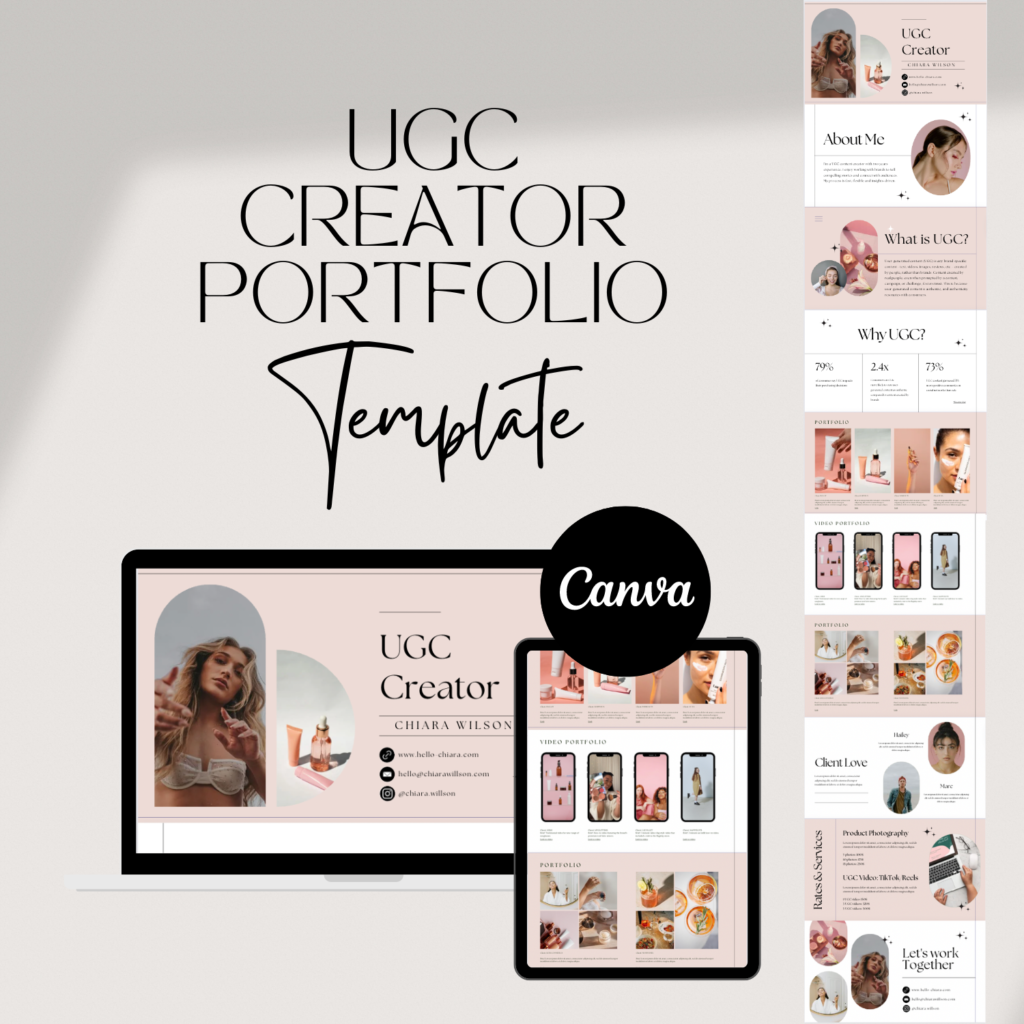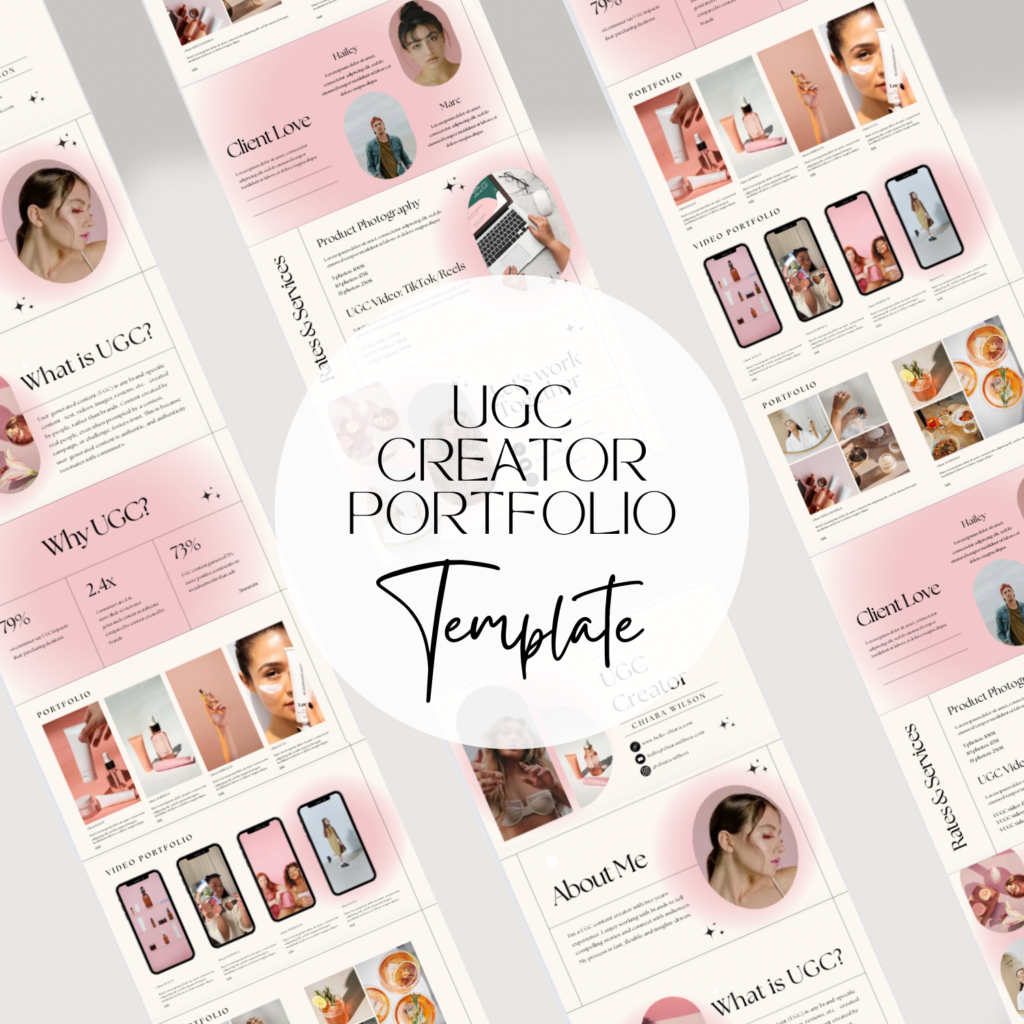As a content creator or freelancer, showcasing your work is critical to attracting potential clients and brand collaboration opportunities. With the rise of user-generated content (UGC), creating a digital portfolio has never been more important. UGC portfolios allow you to showcase your talents and communicate your value proposition to brands in a creative and engaging way.
In this article, we’ll cover the basics of what a UGC portfolio is, why you need one, and how to create one from scratch.
What is a UGC Portfolio?
A UGC portfolio is a digital showcase of your work, specifically focused on user-generated content. It highlights your skills, style, and portfolio of work, and showcases your ability to create compelling content for your audience.
Why You Need a UGC Portfolio?
There are several reasons why you need a UGC portfolio:
1. Showcase your Work: A UGC portfolio provides a centralized platform to showcase your best work, making it easy for potential clients to see your style and capabilities.
2. Build Your Brand: Your UGC portfolio represents your personal brand and helps to establish your expertise and credibility.
3. Attract Clients: By highlighting your skills and showcasing your work, you can attract potential clients and brand collaborations.
4. Stand Out from the Crowd: In a highly competitive market, a UGC portfolio can set you apart from other content creators and freelancers.
Creating Your UGC Portfolio
Creating a UGC portfolio is easier than you might think. Here’s a step-by-step guide on how to create your UGC portfolio:
1. Choose a Platform: There are several platforms available for creating a digital portfolio. Choose one that is easy to use, customizable, and offers free hosting – Canva will be a good choice!
2. Define Your Brand: Before you start creating your portfolio, define your brand by considering your skills, style, and target audience.
3. Gather Your Content: Collect your best work, including images, videos, and blog posts, and organize it in a way that makes sense for your brand and target audience.
4. Customize Your Portfolio: Customize your portfolio by choosing a layout, adding text and images, and adjusting the font and color options to fit your brand.
5. Publish and Share: Publish your portfolio and share it with potential clients and brands.
In conclusion, a UGC portfolio is a critical tool for content creators and freelancers. It allows you to showcase your work, build your brand, attract clients, and stand out from the crowd. With these tips, you can easily create a UGC portfolio that showcases your talents and attracts brand collaboration opportunities.
-
 UGC Portfolio Website Template – Modern BlackProduct on sale16,79 $
UGC Portfolio Website Template – Modern BlackProduct on sale16,79 $ -
 UGC Portfolio Website Template – Modern BeigeProduct on sale16,79 $
UGC Portfolio Website Template – Modern BeigeProduct on sale16,79 $ -
 UGC Portfolio Website Template – Minimalist BlackProduct on sale16,79 $
UGC Portfolio Website Template – Minimalist BlackProduct on sale16,79 $ -
 UGC Portfolio Website Template – Minimalist Beige16,79 $
UGC Portfolio Website Template – Minimalist Beige16,79 $ -
 UGC Portfolio Website Template – Radiant Pink16,79 $
UGC Portfolio Website Template – Radiant Pink16,79 $ -
 UGC Portfolio Website Template – Less is moreProduct on sale16,79 $
UGC Portfolio Website Template – Less is moreProduct on sale16,79 $ -
 UGC Portfolio Website Template – Retro BabeProduct on sale13,79 $
UGC Portfolio Website Template – Retro BabeProduct on sale13,79 $ -
 UGC Portfolio Website Template – Minimalist Pink16,79 $
UGC Portfolio Website Template – Minimalist Pink16,79 $

